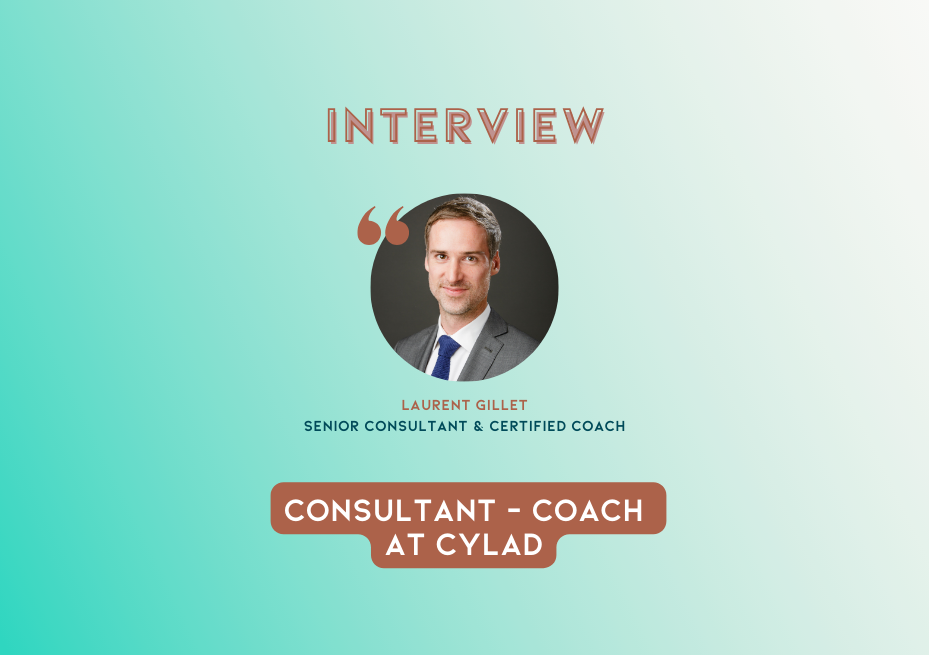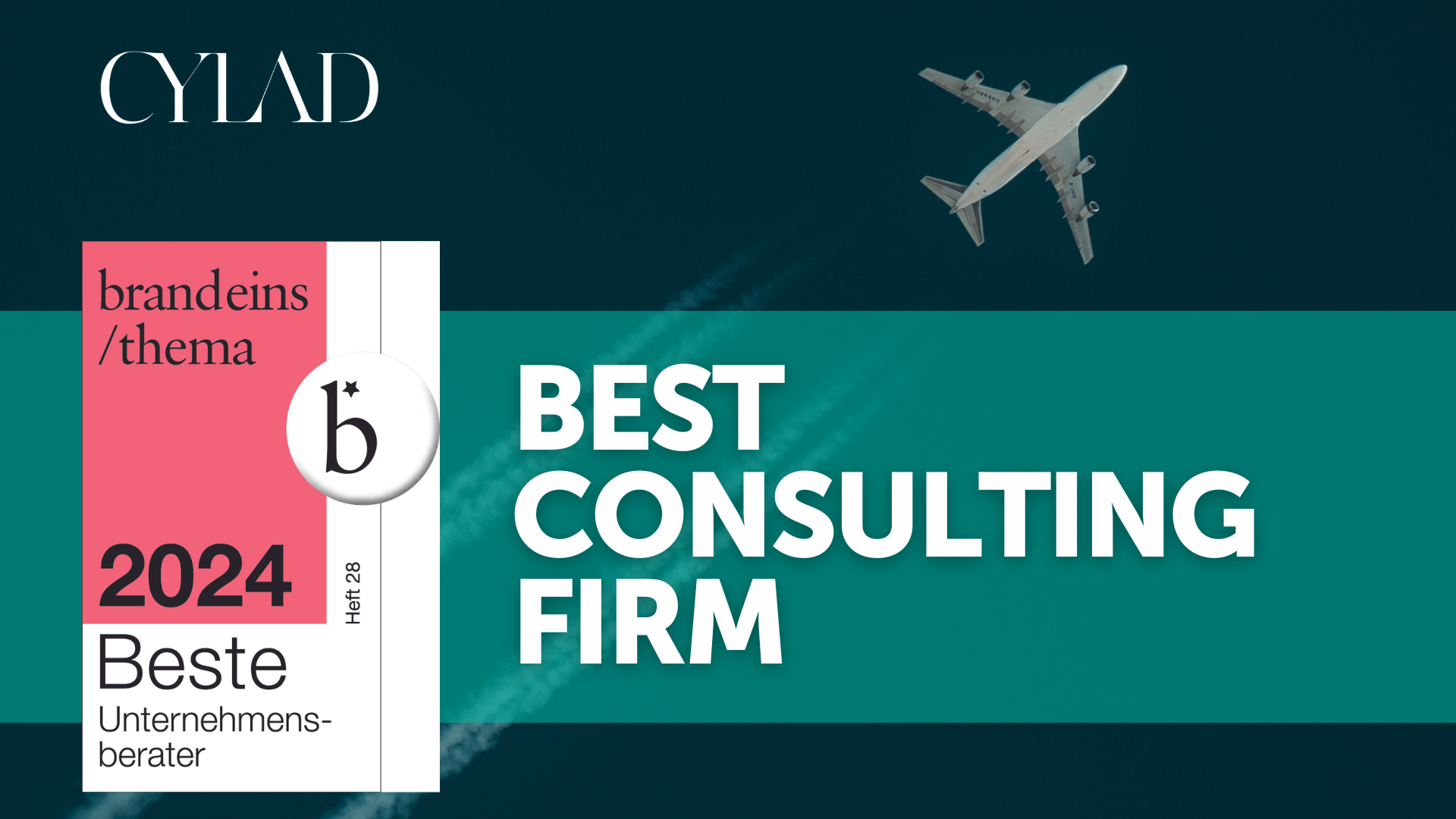Organization & governance
At CYLAD, we support companies in structuring their organization and building improved governance system to:
- Improve efficiency: Correct resource sizing, layer simplification, footprint optimization
- Increase effectiveness: Fast decision making, process efficiency, reduced complexity
- Adapt to ecosystem evolutions: market evolutions, new strategy, digitalization
- Foster neutral discussions: Objectivation, fact-based rationales for organization size and budget
- Engage stakeholders: Well-being at work, team motivation
What we offer
Our experience of governance models’ transformation, in several industries, combined with our deep knowledge of the associated stakes allow us to tackle organization challenges at all levels: corporate, business unit, department, program / project and for all types of organizations (e.g. matrix organization, function-based).
We help companies address key organizational dimensions, whether in an integrated approach or by identifying the major pain points and tackling them with adapted levers:
CYLAD’s approach of organization optimization is centered around some key principles:
- “Structure follows process, process follows strategy”: it means the organizational structure needs to be in line with the operating model and the way the company works.
- In the same way, the organization should be aligned with the global strategy (including the “make or buy” strategy), to ensure impact.
- Optimize the organization doesn’t always mean transforming completely the company
Depending on the context, only some elementary bricks could be activated. - An efficient organization takes into account all the specificities of the company’s environment and stakeholders. For companies, it means finding their own tailored model.
- Simplification, better sizing & fluidification of interfaces are the challenges that come up most often when we address organization topics. These levers can be quick wins to activate before launching a major transformation, much harder to conduct.
- Rethink some “givens” is a key success factor of organization optimization: e.g., functions transversality, shared Service Center, roles & responsibilities.
CLIENT CASES
Contacts
News & Insights

Success story | Securing project schedule in the renewable energies sector
Interview

Interview with a Cyladian: Consultant – coach at CYLAD
Awards

CYLAD AWARDED AS “BEST CONSULTING COMPANY”IN GERMANY FOR THE 4th TIME
Success storytransportation

Success story | Signing to closing – Acquisition by a leading industrial group of a major aerospace player

